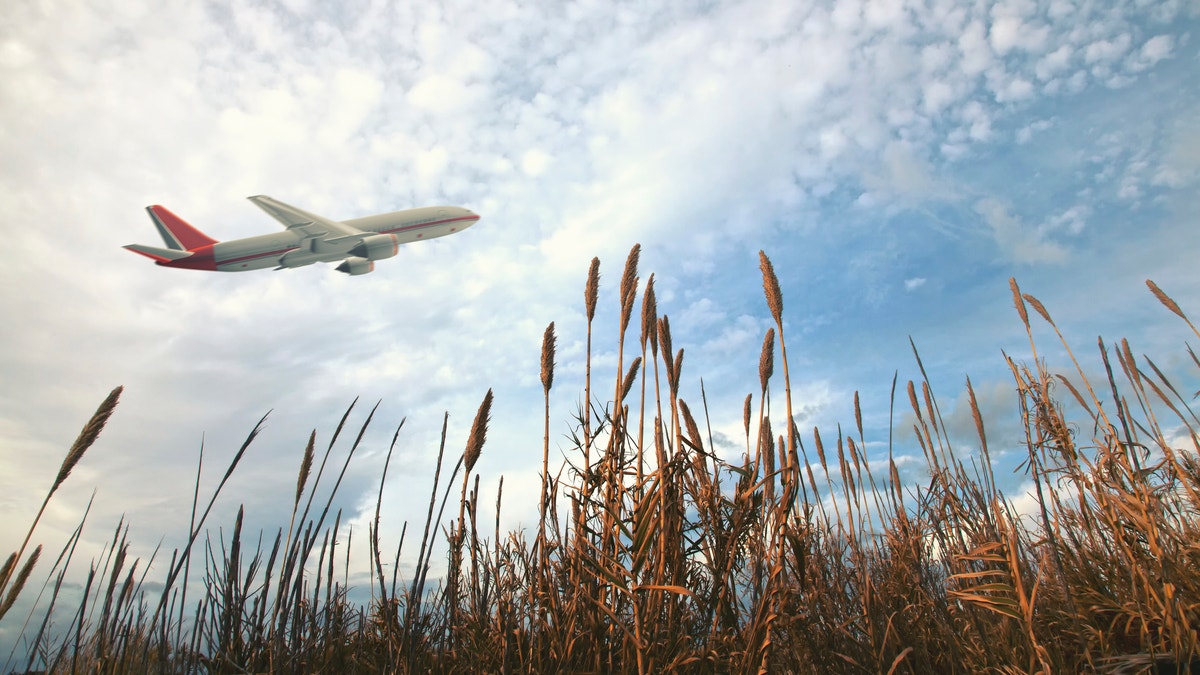
Think twice before packing that pricey pate in your luggage. (iStock)
Hogan the beagle found me out.
That sweet, but stealthy, airport security dog easily sniffed out the contraband in my carry-on bag as I was waiting at the luggage carousel before heading through customs at New York's JFK. He signaled his find by sitting down beside my bag.
What was up? I didn’t know it, but the delicious, vacuum-sealed salami that I’d bought the previous day on a food tour of Athens could not be brought into the United States for fear of bringing animal disease. “You should have known better,” the Customs officer chided me. He let me go with a warning but could have fined me over $1,000, he explained.
Honestly, I didn’t realize I was doing anything wrong. He also confiscated the apple I’d forgotten I had, which I would have eaten on the plane, anyway. Most fresh fruits also are forbidden. It’s so tempting overseas these days to bring back food (cheese! olive oil! spices!) and liquor--Havana Club rum from Cuba, single malt whiskey from Scotland, wine from Italy and France.
They can be a bargain, after all, assuming you have room in your luggage without it being overweight. But as I learned the hard way, it’s important to be mindful of the rules. Most important, you must declare all food products first. Failure to do so can result in up to $10,000 in fines and penalties, according to the U.S. Department of Homeland Security. The types of banned items change based on current diseases or outbreaks, which is why you must declare all agricultural products. The website www.dontpackapest.com lets you quickly search to see if a specific item is permitted from any country.
You can bring things like food items that don’t contain meat products -- German mustard, for example or olive oil, as well as balsamic vinegar, baked goods, candy, chocolate, packaged spices and certain kinds of cheeses.
But here are 10 potential souvenirs you're better off leaving behind or enjoying before you board:
1. Plants and seeds.
Though less than 12 might be permitted, all types of plants or seeds must be accompanied by a phytosanitary certificate from the country of origin, showing the plants meet U.S. entry requirements. In other words: Not worth the hassle-- unless you really, really want to grow that Italian tomato at home.

New life on hand in nature (iStock)
2. Pork and pork products from Mexico.
Skip the pork rinds too. Raw Mexican pork has some very specific restrictions due to concerns over diseases that originate on swine farms.
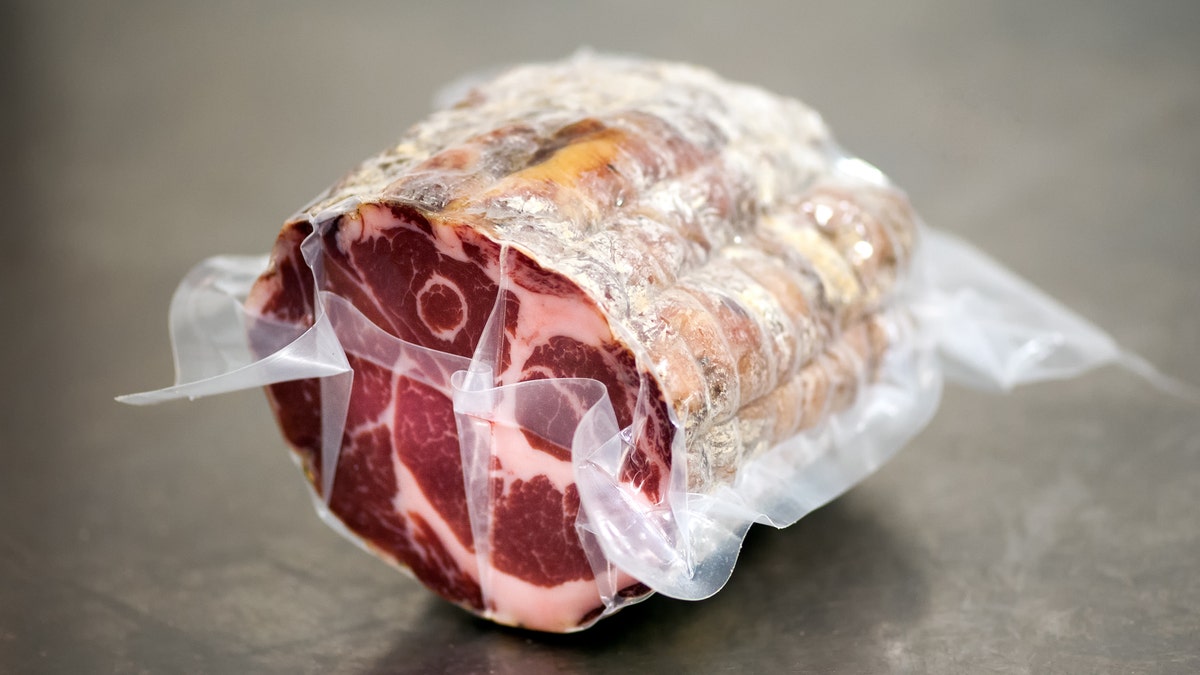
Roll of air cured pork covered in wrapping on metal table in food processing plant (iStock)
3. Pate
If it is cooked and in a hermetically sealed container, it might be permitted. But it might be confiscated so not worth the trouble. Ditto for that equally delicious and decadent French foie gras.
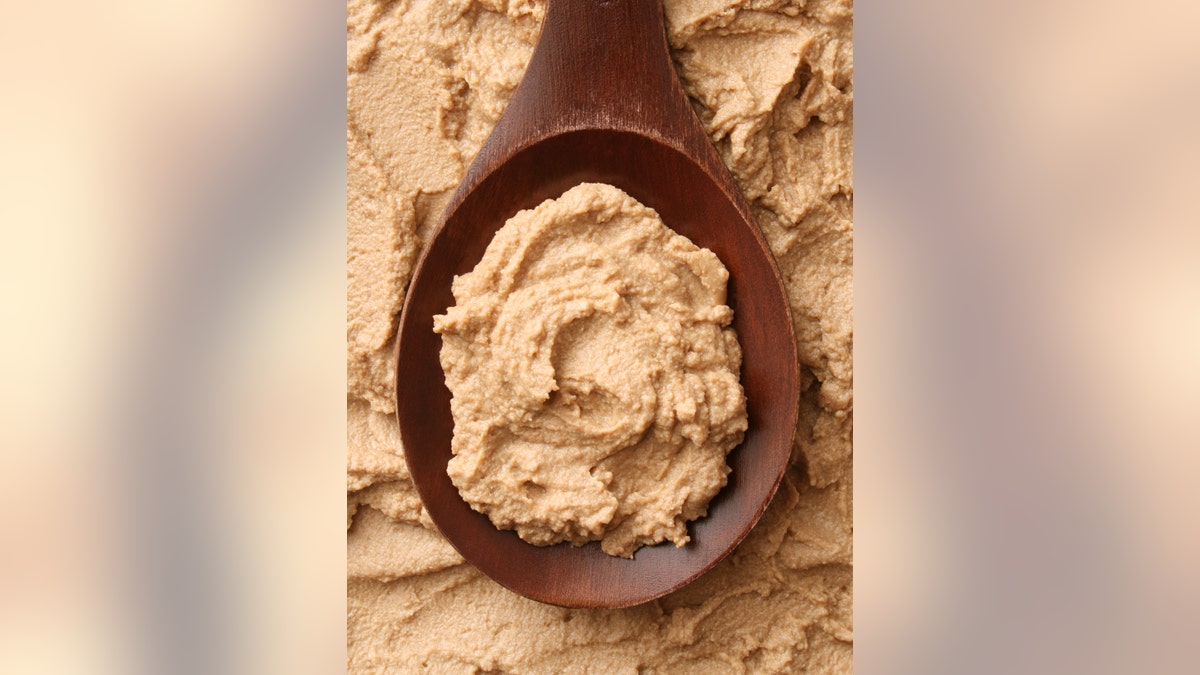
Top view of wooden spoon full of foie gras spread (iStock)
4. Fresh (chilled or frozen) dried, cured and cooked meat.
No Parma, Iberian or Serrano hams; no prosciutto, sausage, salami cured bacon (unless it is from Canada or specifically approved producers that are allowed to sell certified pork products in duty free shops in Dublin and Shannon airports.
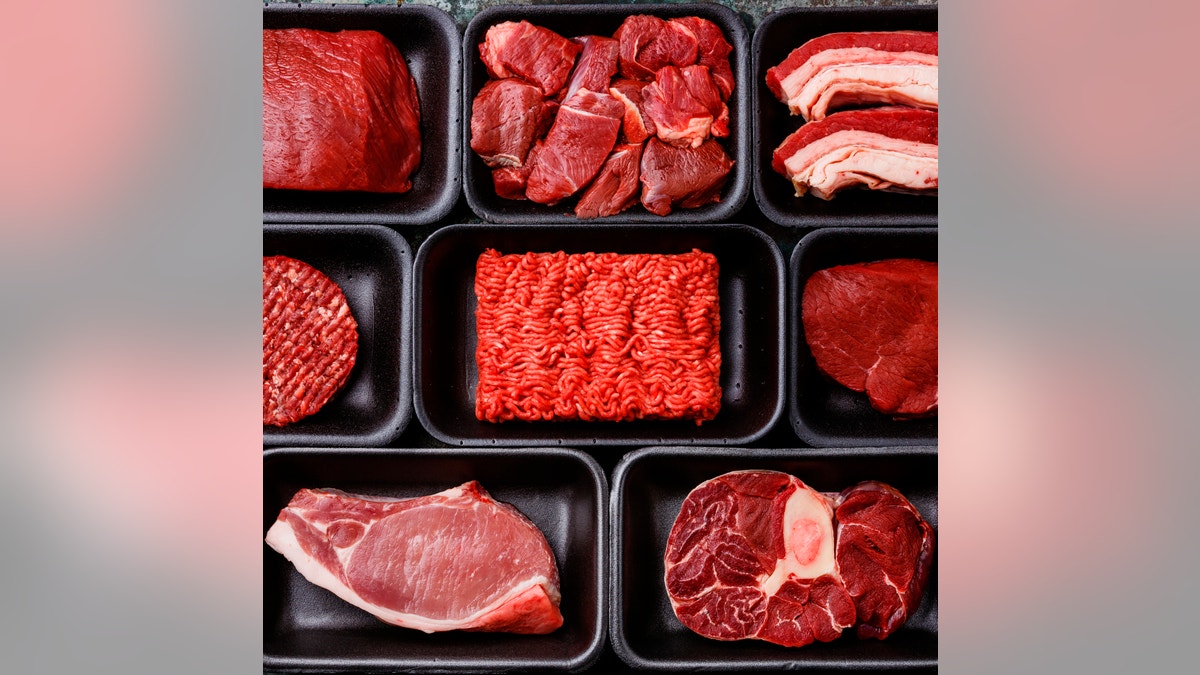
Different types of meat in plastic boxes packaging tray (iStock)
5. Kinder Surprise Eggs.
In Europe, these chocolate eggs with a toy inside are very popular, even with adults. Some collectors crave the toys. However, these treats violate both Consumer Product Safety Commission and FDA regulations because the toy inside can be a choking hazard for young children. For that reason, U.S. Customs and Border Protection won’t allow them into the country-- no matter who you intend to gift them to.
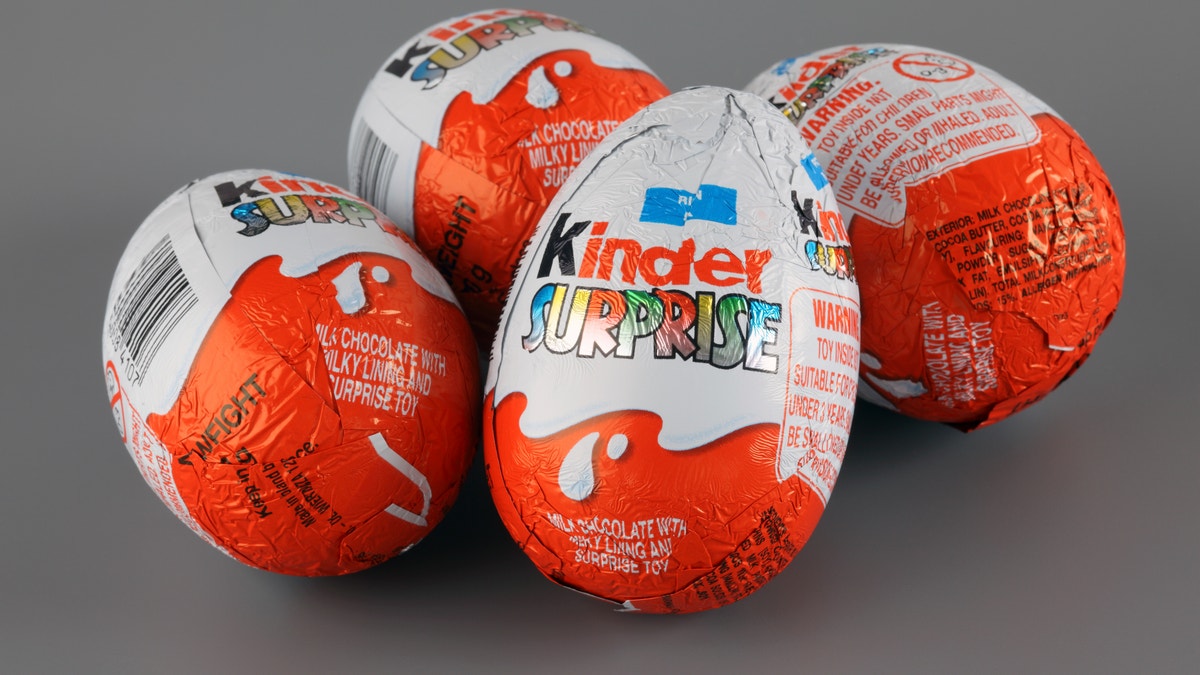
"Tambov, Russian Federation - April 04, 2013: Four Kinder Surprise Eggs on grey background. Kinder Surprise manufactured by Italian company Ferrero. Studio Shot. Each Kinder Surprise egg consists of a chocolate shell, a plastic capsule, the contents of said capsule, and an external foil wrap." (iStock)
6. Dry soup mixes and bouillon.
If you have any soup mixes left after your Airbnb stay, leave them for the next guest. Beef, and other meat, bouillon products aren’t admissible from Europe or European terrorities like the British Virgin Islands because of Mad Cow disease. Similar poultry based products from Asia are also banned because of Avian flu.
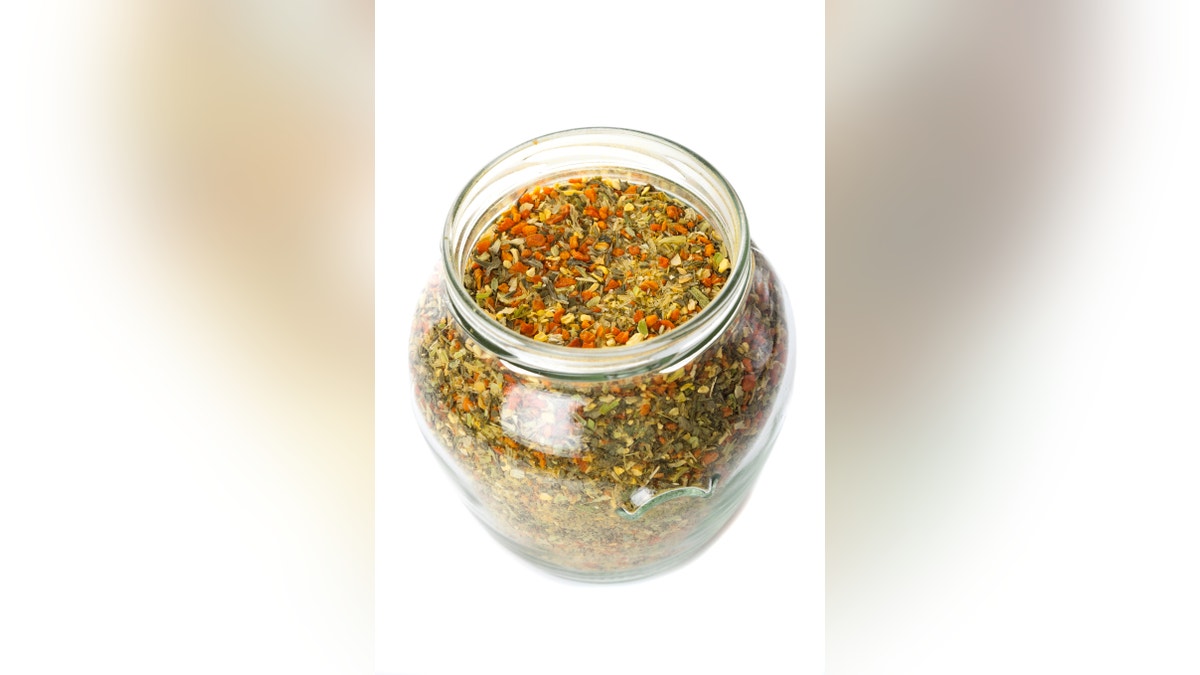
Spices in glass isolated on white (iStock)
7. Cuban cigars bought outside of Cuba
Cuban cigars can now be bought in Cuba and you can bring home $100 worth of them (and Cuban alcohol) to share with your friends. But make sure you have the original receipts to show the customs officials.
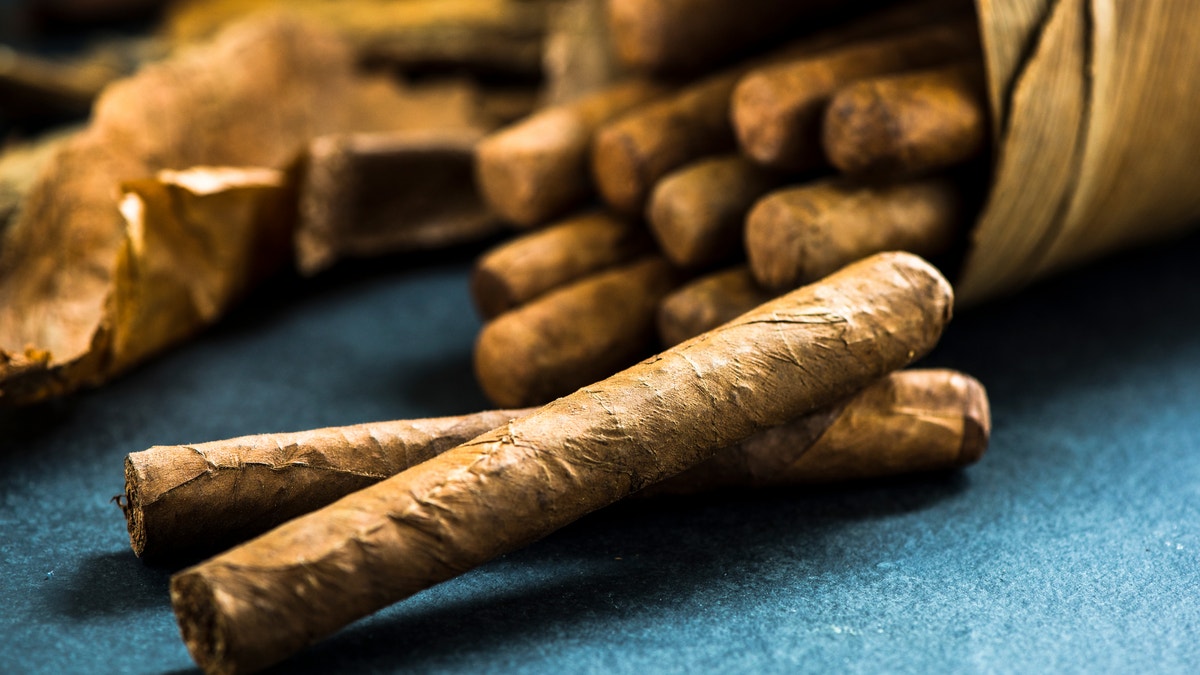
Cuban cigars in traditional artisan palm leafs box (iStock)
8. Décor made from natural materials.
Holiday decorations and other crafts made with natural materials like corn, wheat straw, rice straw, grasses and sticks with bark or bamboo may be banned from your luggage. They might seem harmless but there's a risk that such decorations can transport harmful plant and animal pests back into the States.

Lighting fixture on the ceiling, handmade lighting fixture (iStock)
9. Caviar
You may not realize that by bringing fish eggs into the country, you are actually importing wildlife, which is regulated by the U.S. Fish and Wildlife Service. In some cases, you can bring up to 125 grams but skip beluga sturgeon caviar because it is listed as a “threatened” species.
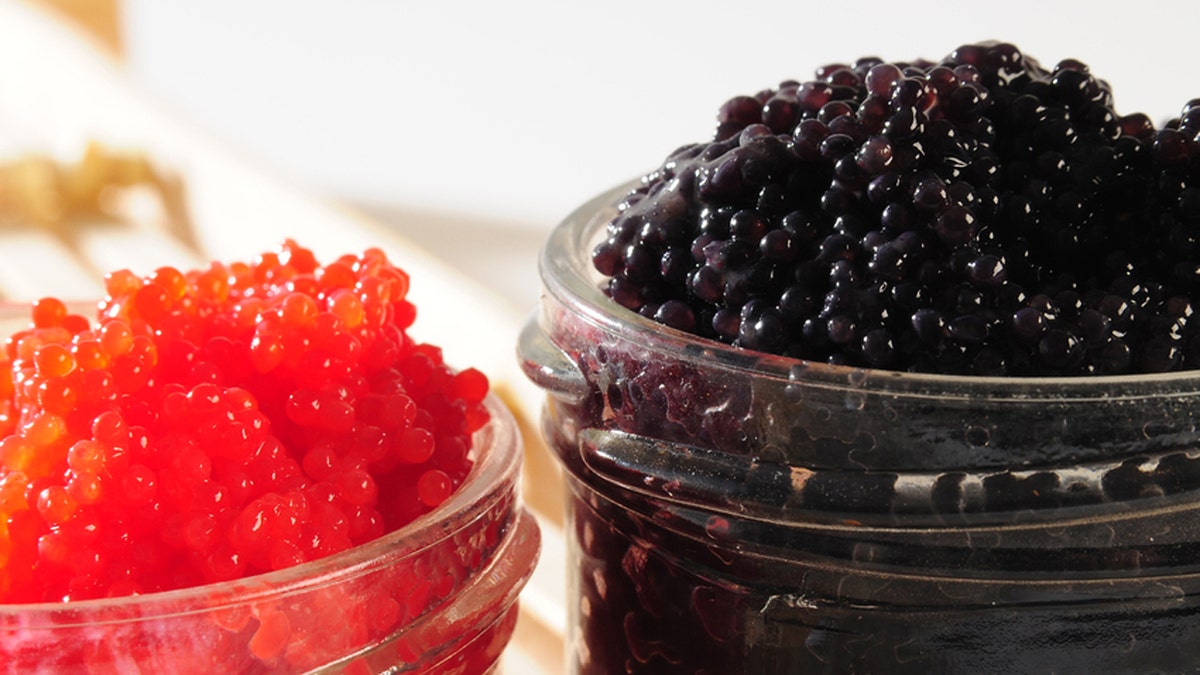
(iStock)
10. Some types of liquor
Generally, one liter of alcohol per person may be brought into the country duty-free by travelers 21 or older, though you are entitled to more coming from the U.S. Virgin Islands or other Caribbean countries. However, if you are cruising, only one liter purchased in a cruise ship’s duty-free shop is eligible. Be mindful of the limit when shopping at duty free airport stores or visiting a distillery or winery overseas. You can bring more but may be subject to extra duties and a federal excise tax. You can also ship it home-- but you may find the shipping charges exorbitant.
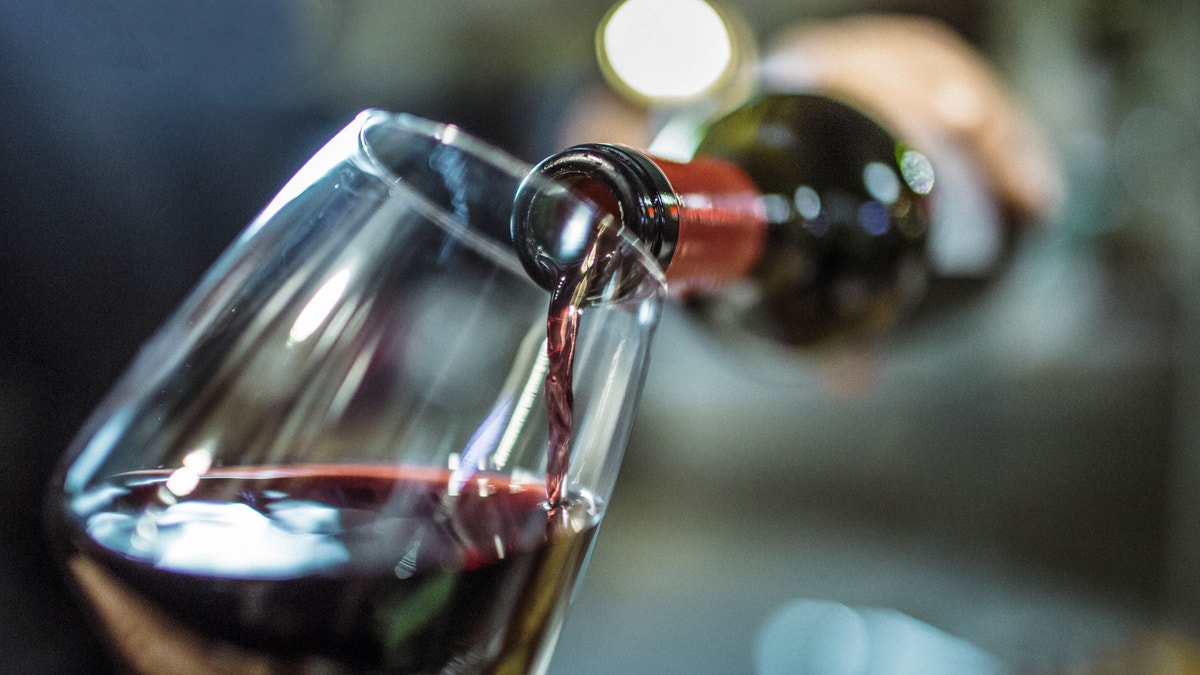
Unrecognizable person, holding a bottle of red wine, is pouring some red wine in a wine glass. (iStock)
